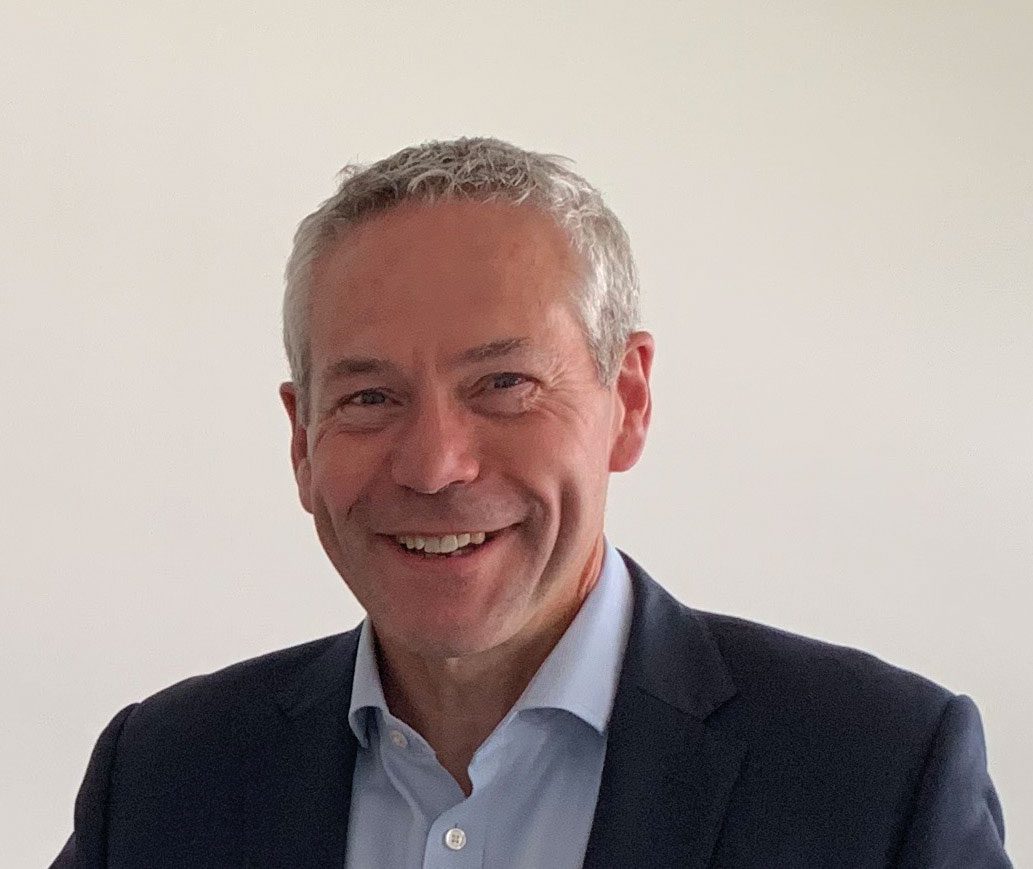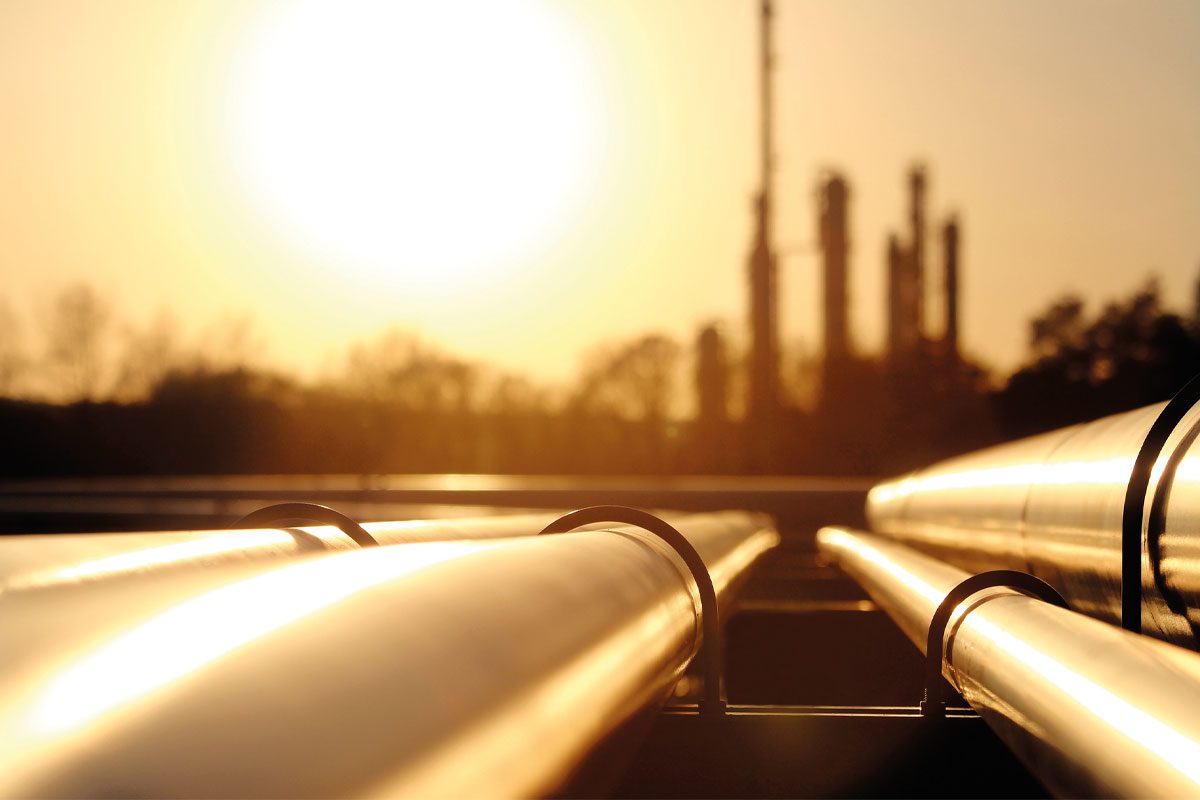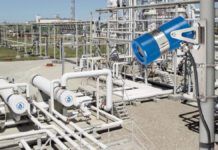Because it will be essential to meet emerging targets of performance optimisation and safety. Adam Kingdon, chief executive of Utonomy explains.
In the nearly three years since the UK government made a legal commitment to achieve net zero emissions by 2050, there has been considerable debate in terms of how this will be achieved, not least the role the gas grid will play in the low carbon transition.

What we do know is that, while mass electrification will be key to achieving our net zero goals, having a gas network will remain an important part of the low carbon puzzle from both a practical and cost-effective perspective – especially when it comes to supporting the intermittency of renewable energy sources such as wind and solar.
Good progress is already being made – biomethane plants are already feeding into the gas network, and the Energy Networks Association recently announced that the UK’s gas grid will be ready to blend up to 20% hydrogen into gas networks across the country from 2023.
Key to this is upgrading the UK’s existing gas network to be able to successfully carry these lower-carbon gases. However, this is easier said than done. The current network was developed during the 1960s and 70s following the discovery of North Sea gas, and was designed for one type of gas flowing in one direction with a small number of entry points.
However, to achieve net zero, the network will have to cope with thousands of entry points and a variety of different green gases including biomethane and hydrogen, that have different
energy content, or calorific values.
In addition to supporting the low-carbon energy transition, there is also the more pressing issue of detecting and preventing issues on the network. Pressure in the current system is controlled by thousands of governors, the majority of which are manually operated. This means that it takes human intervention to detect and resolve issues such as low pressure, which can be extremely time intensive.
To optimise the gas grid of the future, these are issues that need to be overcome, and quickly. For us, the key will be increasing the use of automation and smarter networks using AI-based and machine learning digital tools.
There are several benefits to this approach.
Detecting and preventing issues in the network
While much of the network in the UK has now been converted to polyethylene, there is still a significant amount of old metallic pipe in the network which can be prone to leakage.
As the global warming potential of methane is 84 times that of CO2 over a twenty-year period – and the UK has a goal of reducing methane emissions by 30% by 2030 from 2020 levels – this is an issue that needs to be addressed.
The most cost-effective way of doing this is by optimising the pressure in the network. As leakage is proportional to pressure, a 20% drop in average pressure leads to a 20% reduction in leakage.
However, this is not easy as the pressure is controlled by thousands of governors, the majority of which are manually operated. They are therefore either left at a fixed pressure or adjusted to seasonal pressures four times per year.
The problem with this is that demand varies massively and if the governors are set manually they need to be set for the worst case scenario i.e. the cold winter morning. This means that for much of the year and at night, the pressures are higher than they need to be. What is needed is smart pressure control which automatically adjusts the governors so that the pressure in the network is as low as possible at all times without going below the minimum.
By installing digital devices that can monitor and remotely report on gas pressure, network operators will be able to identify the lowest average pressure they can maintain to meet demand and optimise the network pressure accordingly.
Reducing cost impact and working more efficiently
The increased level of insight that a digitalised network can provide will also enable network operators to reduce costs in other areas. By collecting data from across their networks, operators can easily identify and resolve other faults, including water ingress or low pressure, before they impact customers.
Digital devices that enable monitoring and remote control can also enable network operators to work more efficiently, so that they can focus on the more strategic work that will need to be undertaken as we transition to a greener grid. As the majority of the governors within gas networks are manually operated, it can take weeks for network operators’ teams of technicians to travel around making seasonal setting changes on each governor.
If these governors were fitted with connected devices that would allow them to make these adjustments remotely, they could save a significant amount of time and money and respond to weather changes far more quickly.
Ensuring safety as the gas blend changes
While extensive hydrogen blending trials are underway to ensure that adding hydrogen to natural gas can be carried out safely, keeping staff and customers safe will understandably be a key priority for every network operator as we transition to a greener gas blend.
By increasing their ability to monitor and control governors and networks through digitalisation, network operators should be able to manage the transition much more smoothly and maintain the safety of the system. As the gas network is a hazardous environment, any digital devices installed must be ATEX Zone 0-rated to ensure that they are completely safe in a methane environment.
Of course, digitalising the networks would also introduce some new security considerations for operators. Any connected device can be susceptible to cyber attacks, but this can be mitigated by ensuring that all systems are designed to the highest security standards.
Optimising the network for net zero
As mentioned, hydrogen won’t be the only gas used in our low-carbon future – biomethane will also continue to play a key role. A growing number of biomethane plants are connecting to the networks, which are often located in rural areas where there is a supply of feedstock.
They therefore connect into a lower pressure tier of the network. There may be times when there isn’t enough demand off this part of the network for all the biomethane being produced to be injected. As the plant can’t quickly reduce its output, it may have no choice but to flare the gas which is very wasteful and releases CO2.
If smart pressure management is used to control the governors feeding the network, the biomethane can be prioritised at all times. This enables the biomethane plant to maximise its feed-in and support a greener gas network.
Digitalisation needs to start now
It is clear that the current gas system needs a radical transformation, and that this transformation needs to start now. Using smart, AI-based solutions will provide network operators with cost-effective tools to reduce leakage, increase the feed in of green gas, optimise pressure and decrease the reliance on ‘human’ intervention to detect and resolve faults on the network.
For more information about Utonomy, visit www.utonomy.co.uk







